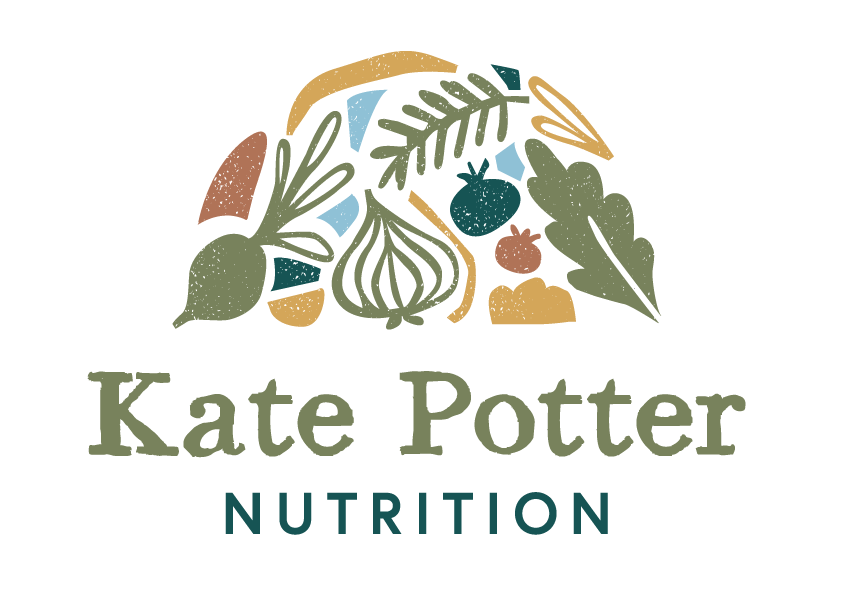Vitamin A-boosting pasta sauces
Some of us can be a little short on vitamin A, particularly if we don’t eat many animal products. Genetics can also play a part. Find out more here about how this can impact our autoimmune conditions.
Vitamin A deficiency is easy to rectify. Try these vitamin A-boosting pasta sauces which are family favourites in our house and easy to make in advance if necessary.
Butternut squash and za’atar pasta sauce
(adapted from Ixta Belfrage’s recipe)
Ingredients
3 tbsp olive oil
20g white miso paste
2 tsp rose harissa
1 large or 2 small butternut squash, peeled and chopped into small cubes
2 ripe tomatoes
1/2 tsp chilli flakes (optional)
1/2 clove of garlic
1 tsp lemon juice
1/2 tsp salt
1 tbsp za’atar
Method
Preheat the oven to 220 degrees.
Place the butternut squash, oil, harissa and white miso onto a lined oven tray and mix together well. Spread out on the tray and cover with foil. Roast for 20 mins, then remove the foil and roast for a further 10 mins until golden brown.
Transfer to a blender, add 100ml water and blizt until smooth (you may need to add a little more water).
For the salsa, halve the tomatoes and grate the flesh sides into a bowl. Discard the skins and stir in the chilli, garlic, lemon juice and salt.
Cook the pasta as per the packet instructions.
Drain the pasta, then add the butternut sauce to the pan on a low heat for one minute. Add a little more water if it looks too thick.
Serve the pasta and sauce, with a little of salsa on top. Finish with a sprinkle of za’atar.
Tasty greens and white miso pasta sauce
(adapted from Meera Sodha’s recipe)
Ingredients
60g unsalted (plant) butter
5 cloves garlic (fantastic anti microbial properties!)
1/2 tsp fennel seeds (great for aiding digestion)
1/s tsp chilli flakes
100g broccoli, chopped
400g cavalo nero, leaves stripped and sliced
2 1/2 tbsp white miso paste
3 tbsp olive oil
Method
Melt the butter in a large pot on a medium heat.
Once bubbling, add the garlic, fennel seeds and chilli flakes and stir for 2 mins, until the garlic smell changes from raw to cooked and smells a bit like garlic bread.
Add the broccoli, cavolo nero, and 250ml of water, stir (can be challenging!), cover, turn down the heat to medium-low and cook, stirring every few minutes, for 8-10 mins, until the greens have wilted and become tender.
Scrape all the contents of the pan into a blender, add the miso and olive oil, and blend to a smooth sauce, scraping down the sides as necessary. Add a little water, if needed, to create a silky-smooth sauce.
Cook the pasta according to the packet instructions.
Drain the pasta, return to the pot, add the sauce, and a little water if necessary, to get it to a consistency you like.
Serve with a drizzle of olive oil and extra chilli flakes if you like.
You can also try these tasty recipes high in vitamin A.
Butternut squash and harissa soup
Or try adding kale, cavolo nero, spinach or broccoli to smoothies. How to build an autoimmune smoothie and the pitfalls to avoid.

